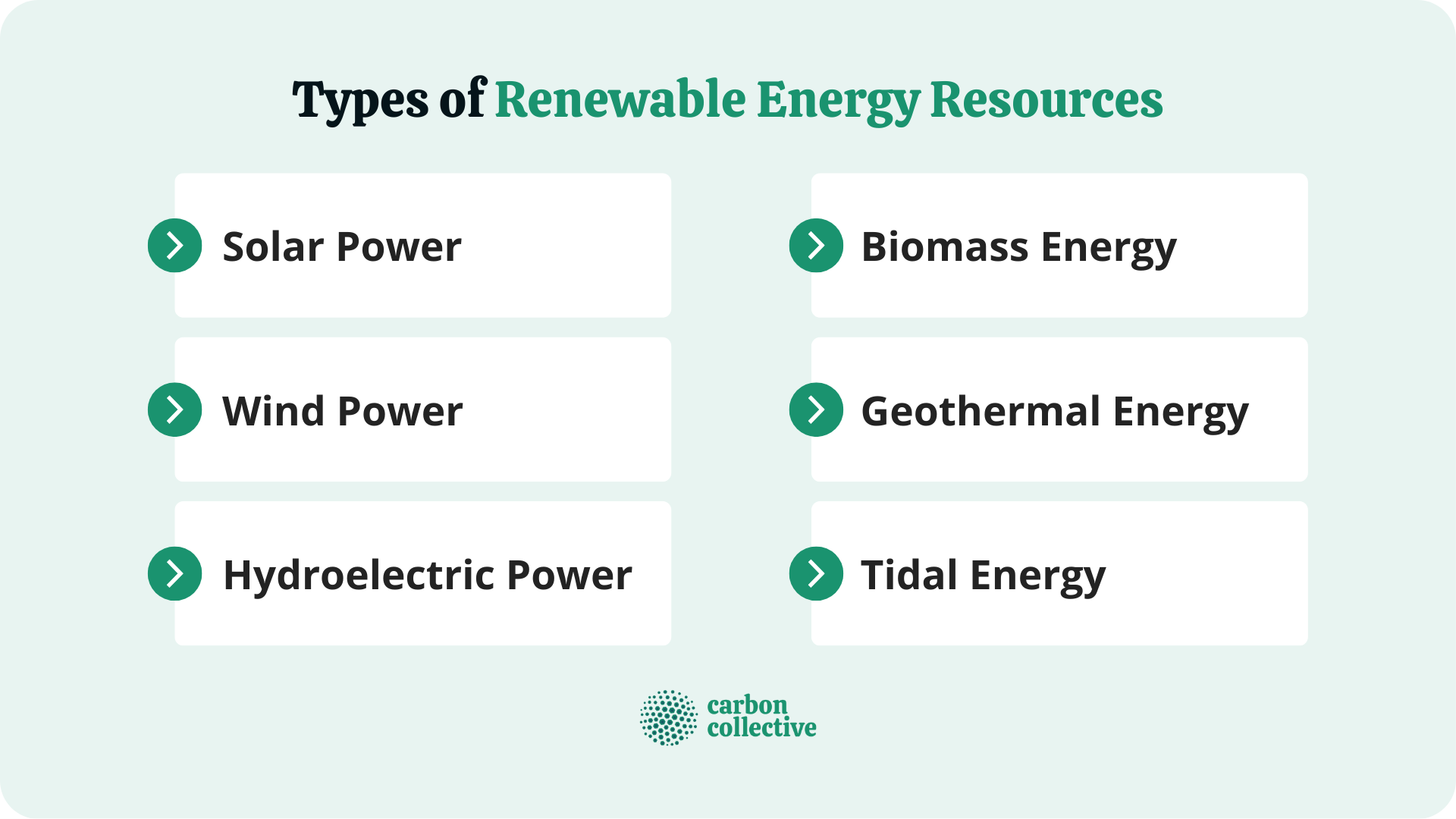
Exploring Sustainable Solutions: 5 Types of Renewable Energy
1. Solar Energy: Harnessing the Power of the Sun
Solar energy is one of the most abundant and accessible sources of renewable energy. Through the use of photovoltaic cells, solar panels capture sunlight and convert it into electricity, providing a clean and renewable energy source for homes, businesses, and communities. Solar energy systems can be installed on rooftops, in solar farms, and even integrated into building materials, offering versatile and scalable solutions for meeting energy needs while reducing carbon emissions and dependence on fossil fuels.
2. Wind Energy: Capturing the Power of the Wind
Wind energy is another key player in the renewable energy landscape, leveraging the kinetic energy of the wind to generate electricity. Wind turbines, both onshore and offshore, harness the power of the wind to spin turbine blades, which in turn drive generators to produce electricity. With advancements in wind turbine technology and favorable wind conditions in many regions, wind energy has become increasingly cost-effective and competitive with conventional energy sources, making it a viable option for powering homes, industries, and entire regions.
3. Hydropower: Tapping into the Flow of Water
Hydropower, or hydroelectric power, harnesses the energy of flowing water to generate electricity. By damming rivers or utilizing the natural flow of water, hydropower plants produce electricity through turbines connected to generators. Hydropower is one of the oldest and most widely used forms of renewable energy, providing a reliable and flexible source of electricity for communities around the world. While large-scale hydropower plants dominate the industry, small-scale hydro systems and run-of-river projects offer decentralized and sustainable energy solutions for remote areas and off-grid communities.
4. Biomass Energy: Turning Organic Waste into Power
Biomass energy utilizes organic materials such as wood, agricultural residues, and organic waste to produce heat, electricity, and biofuels. Through processes such as combustion, gasification, and anaerobic digestion, biomass can be converted into energy-rich fuels that can be used for heating, power generation, and transportation. Biomass energy offers a renewable and carbon-neutral alternative to fossil fuels, while also providing opportunities for waste management, agricultural diversification, and rural economic development.
5. Geothermal Energy: Tapping into Earth’s Heat
Geothermal energy harnesses the heat stored beneath the Earth’s surface to generate electricity and provide heating and cooling for buildings. Geothermal power plants utilize steam or hot water from underground reservoirs to drive turbines and produce electricity, while geothermal heat pumps transfer heat from the ground to buildings in winter and remove heat from buildings to the ground in summer. With abundant geothermal resources available worldwide, geothermal energy offers a reliable and sustainable source of power with low emissions and minimal environmental impact.
Embracing a Sustainable Future
In conclusion, the world is increasingly turning to renewable energy sources to meet its growing energy needs while reducing its carbon footprint and mitigating the impacts of climate change. From solar and wind energy to hydropower, biomass, and geothermal energy, the possibilities for harnessing renewable energy are vast and diverse. By embracing these sustainable solutions and investing in renewable energy infrastructure, we can create a cleaner, greener, and more sustainable future for generations to come.





























